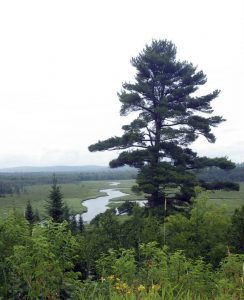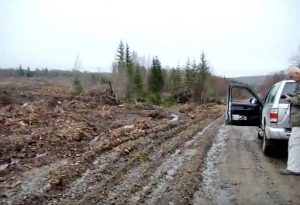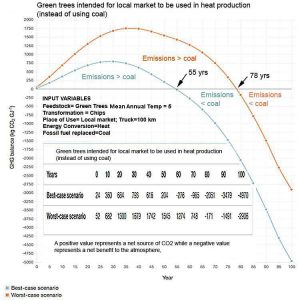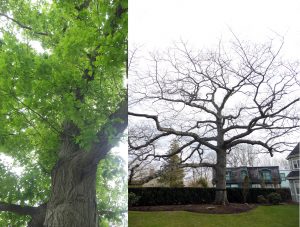True boreal forest in Nova Scotia is special; “borealized” Acadian forest is not.

Maps show the occurrence of the boreal forest in the Maritimes (above, modified from Mosseler et al., 2003) and all of Canada (below, from Wikipedia).
We go to great efforts in Nova Scotia to “borealize” our native mixed Acadian forest by clearcutting on short rotations and use of herbicide to create even-aged, conifer-dominated forests. However, true boreal forest is restricted to the cool Cape Breton Highlands, and a narrow strip along our Atlantic and Fundy shores that is cooled by the Labrador current and by upwelling of cold water in the Bay of Fundy.
The 100 Islands Legacy Campaign, a conservation effort recently launched by the Nova Scotia Nature Trust, highlights the presence of essentially undisturbed boreal forest on islands off of the eastern shore of Nova Scotia; a number have been protected by the provincial government.
The largest chunk of boreal forest in Nova Scotia lies in northern Cape Breton. There, coniferous boreal forest dominated by balsam fir occurs on the more exposed plateau areas while mixed Acadian forest penetrates the area in deep, sheltered valleys. On the parts of the plateau subject to most extreme weather, the closed forest gives way to “taiga*”, an open barrens with stunted black spruce and low shrubs analogous to the taiga or “Forest Barrens” lying between the northern margins of the boreal forest and the tundra in the Canadian north; it is “a piece of the Arctic in Cape Breton“.
*The term “taiga” or “Taige” is variously applied to the larger Boreal Forest/Forest Barrens biome, or to just the Forest Barrens component (as in Parks Canada use of the term to describe the Northern Cape Breton ecosystems).
Continue reading →
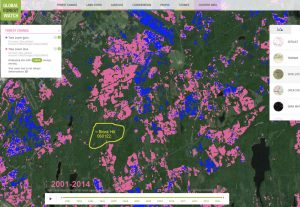

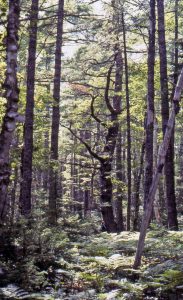
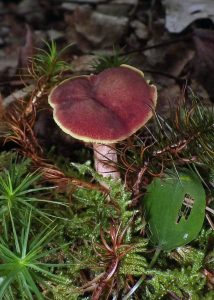


 In
In 